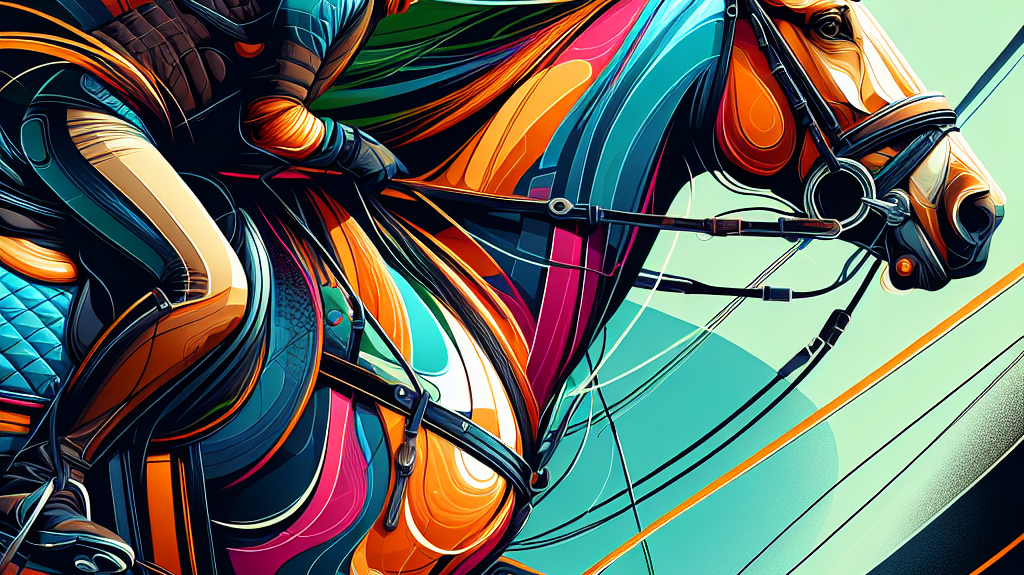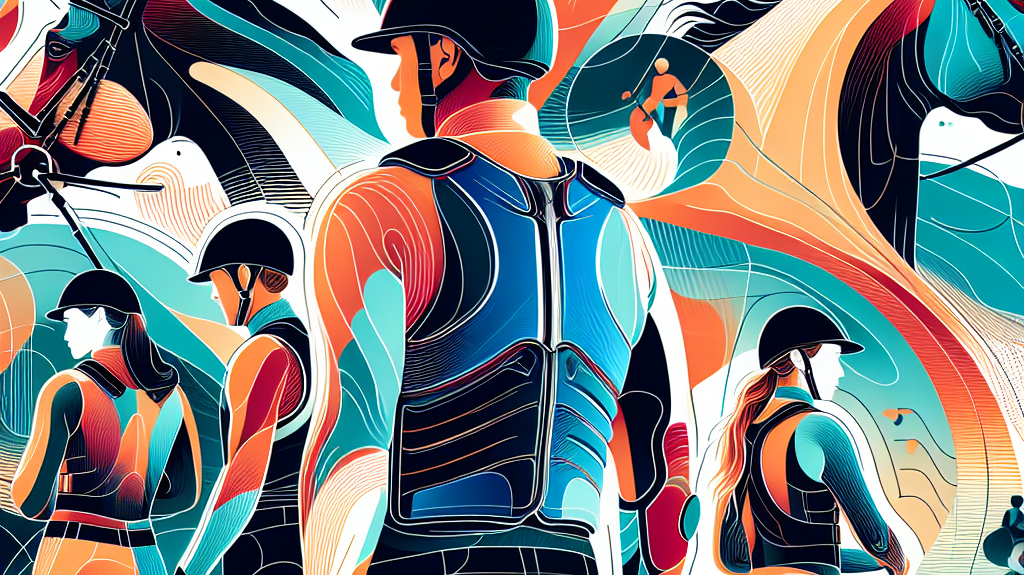Discover the Excitement of Olympic Eventing: Facts and Figures
The world of Olympic eventing is one bursting with excitement, skill, and history. As one of the most challenging and thrilling competitions in the equestrian community, Olympic eventing tests both horse and rider through a combination of dressage, cross-country, and show jumping. Let’s dive into this fascinating sport, uncovering its rich history and notable achievements.
A Brief History of Olympic Eventing
Olympic eventing first made its appearance at the 1912 Stockholm Games. Since then, it has evolved significantly, becoming a marquee event in the equestrian sports category. The event's multi-discipline format requires a blend of grace, endurance, and agility, both from the horse and rider, making it a true test of their partnership.
Participation and Format
The upcoming Olympic eventing competition promises to be as exciting as ever. Featuring **27 countries and 16 teams**, it boasts a participation of 65 horse and rider combinations. Adding to this mix are 11 countries represented by individual riders. The competition is structured over three phases:
- Dressage: Involves a drawn starting order.
- Cross-Country: Also follows a drawn starting line-up.
- Show Jumping: Competitors jump in reverse order of merit to keep the suspense alive until the very end.
Historical Achievements
Several countries and individuals have left significant marks on Olympic eventing history:
- **Australia, Germany, Great Britain, and the USA** each boast four team titles, making them the top-performing nations.
- Australia holds the record for the most consecutive team wins, clinching three titles in a row from 1992 to 2000.
- Germany leads in individual Olympic eventing titles with five victories. Recent history has seen German riders dominating, winning individual titles at the last four Olympics.
- In a historic achievement, **Julia Krajewski** became the first woman to win the individual Olympic eventing title at the Tokyo 2020 Games.
Notable Figures and Teams
Olympic eventing has seen numerous exceptional athletes and teams:
- **Team GB** has consistently performed well, winning the team event in 2012 and entering the upcoming Olympics as defending champions.
- **Michael Jung** from Germany is one of the standout riders, clinching back-to-back individual titles in 2012 and 2016, showcasing his remarkable skill and consistency.
Diversity and Inclusion
The sport of Olympic eventing has seen considerable progress in terms of diversity and inclusion. The upcoming games are expected to feature 23 female riders, accounting for **31.51%** of the participants. This diverse representation underscores the evolving nature of the sport, making it a more inclusive arena.
Exploring Further: Potential Research Topics
For those bitten by the eventing bug, there are several intriguing topics worth exploring:
- Historical Evolution of Equestrian Sports in the Olympics: Delve into how these sports have developed over time, highlighting significant milestones.
- Comparison of Olympic Eventing Rules Over the Decades: Examine how the rules have changed and their impact on the competition.
- Profiles of Notable Olympic Eventing Riders and Horses: Feature the stories and achievements of legendary figures in the sport.
- The Impact of Gender Diversity in Equestrian Sports: Explore the growing inclusivity and its benefits and challenges.
Conclusion
With its blend of grace, strategy, and sheer athleticism, Olympic eventing continues to captivate audiences around the world. From its inception in 1912 to its current status as a premier Olympic event, the sport has come a long way. As we eagerly await the next generation of eventing stars, one thing is certain: the world of Olympic eventing will continue to thrill and inspire.
For more information, please visit the official website of Horse & Rider at www.horseandrideruk.com.
Sources: Horse & Rider




